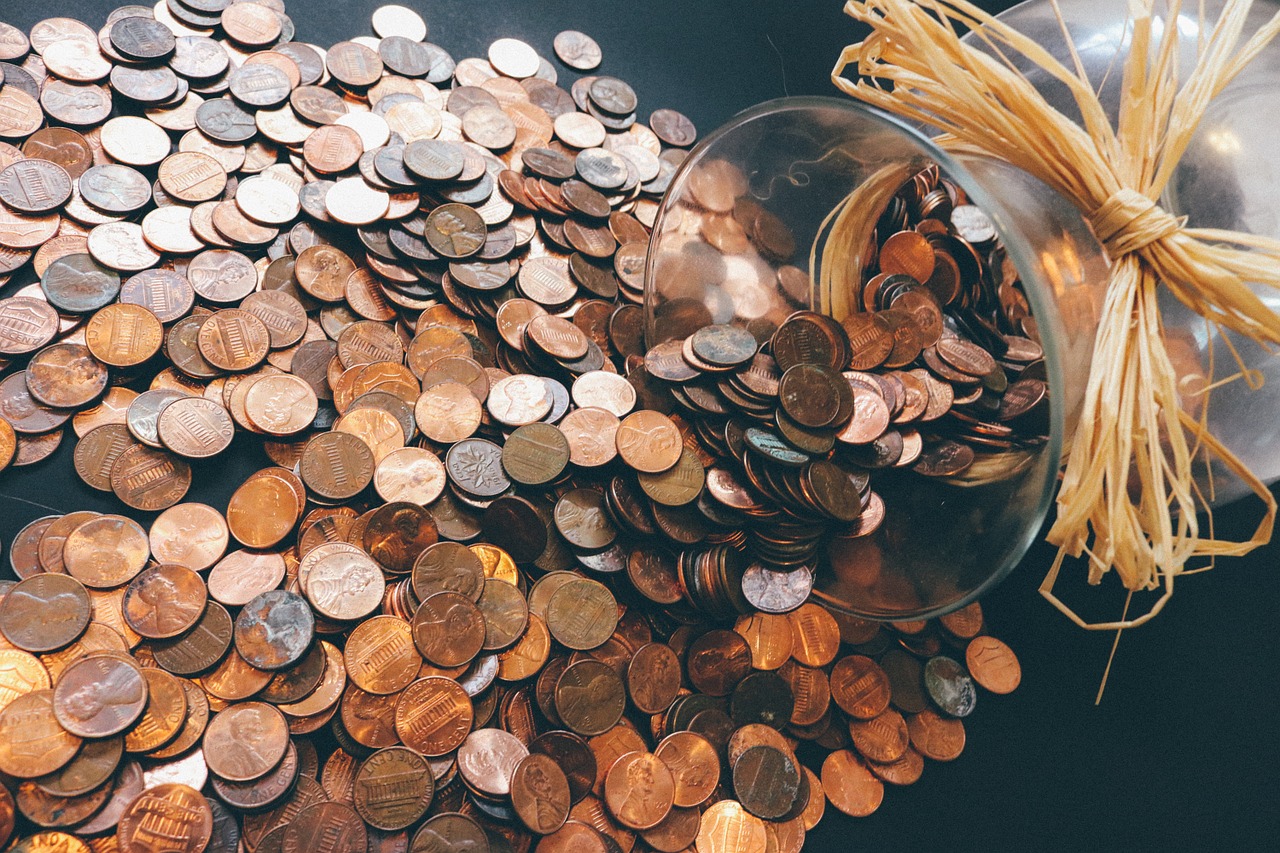Will opting in to eBay-managed payments boost your profits, or destroy your business?
eBay launched their new payments program on September 25, 2018. They only invited a limited number of sellers to opt in, but they processed over $20 million for those sellers in the first 21 days. Since then, they’ve moved more and more sellers into the program.
Responses from sellers have been mixed.
eBay says most sellers will be on managed payments by the end of 2020. With the old PayPal-based system dying, sellers must prepare for the switch. But what exactly does that mean? And how will it affect your business if you opt in—or get dragged kicking and screaming?
Last updated 8/6/2020.
What Are eBay-Managed Payments?

While divorcing from PayPal, eBay is gradually switching over to Adyen, the payments processor used by Uber and Spotify. Adyen will be more or less invisible to sellers and buyers alike. Instead of dealing with a separate payment interface like they do with PayPal, buyers will just choose from a list of payment options like Mastercard and Visa.
This is a huge improvement. The buyer has fewer hoops to jump through, which should mean more conversions for eBay over time. But the switch has caused… problems.
What Are the Downsides?
1. Higher Fees for Some Sellers (Soon to Be Solved)
PayPal usually charges 2.9% + $0.30 per transaction. eBay. eBay has been charging 2.7% + $0.25 per listing sold.
On first glance, that looks great! But the difference between "per transaction" and "per listing" is enormous.
If you tended to sell one item to each customer, it was way better to go with eBay than PayPal. You'd save 0.2% and $0.05 on each sale. If you made $4,000 of eBay sales per month, spread out across 100 items, switching to managed payments would have netted you an extra $13 a month in pure profit.
However, it was dangerous if you often sold multiple items at a time. Let's say that on average, you sold two items per transaction, each priced at $10. You'd pay PayPal $0.88 per transaction. You'd pay eBay $1.04. That's an 18% increase in fees!
Thankfully, eBay has addressed this situation. Their new terms for managed payments fees have changed the rate to 2.35% + $0.30 per order and go into effect August 12, 2020. This change is awesome and allows you to always save 0.55% compared to PayPal.
2. Limitations for International Sales

Believe it or not, you were unable to use the Global Shipping Program with managed payments at first. Thankfully, GSP support was rolled out in 2020, so this is no longer a problem.
However, there may still be challenges to selling internationally. There were extreme limitations to international sales at first: Whether or not you used the Global Shipping program, you would only be able to sell internationally if the buyer purchased from you on eBay.com. You would be unable to sell on eBay sites other than eBay.com (so no eBay.de, eBay.it, etc.) or promote listings internationally.
The language in eBay’s managed payments terms has become a bit more vague since then. They say that the ability to list or sell an item on eBay sites other than the one you listed on “may be limited.” In other words, you might be able to sell internationally now, or you may not.
If you rely heavily on international sales, consider sticking with the old payments system for now. eBay is still ironing out the details here.
3. Other Limitations
- Some listing types are not supported, and your unsupported listings will end if you switch.
- Limited support for eBay for Charity at this time.
Why Would I Want to Use Managed Payments?
If those problems didn’t scare you away, you probably want to opt in! The upsides are often bigger than the downsides.
1. Lower Fees for Many Sellers (and Soon, All Sellers)

As discussed under "Higher Fees for Some Sellers" above, eBay's fees will always be lower than PayPal’s starting August 12, 2020. Even now, managed payments will always save you money if you only sell one item in each transaction.
Another cool little bonus: if you sell athletic shoes with a selling price of $100 or higher, you pay no fees beyond the $0.30 per-order fee. With PayPal, you'd still have to pay your normal payment processing fees.
2. An Easy Way to Accept Credit & Debit
In October 2018, eBay disabled standard credit & debit processing for sellers who hadn't already set it up. You can still accept all kinds of cards through PayPal:
- Visa and Mastercard debit cards.
- Maybe American Express debit cards.
- All major credit cards.
However, there's only one way to accept debit cards other than those above: opting in to managed payments.
That's not all bad. Previously, accepting credit and debit cards required all kinds of hoop-jumping. You needed fancy stuff like a merchant account and a payment gateway.
Opting in means eBay takes care of all the old hoops and will let you process credit and debit cards painlessly. They'll deposit your money directly into your checking account, initiating the transaction within two days of the buyer making the payment (or once per week if you prefer).
3. More Payment Methods
Originally, limited payment options were a major issue. Sellers who opted in could not accept PayPal (!) until April 2019 or later. This was a huge problem for many long months, but now, things have improved vastly.
You can accept the following payment methods using managed payments:
- PayPal & PayPal Credit.
- Credit & debit.
- Gift cards.
- Apple Pay.
- Google Pay.
The last two—Apple Pay and Google Pay—are only available to sellers who opt in.
You'll also continue to have access to other standard payment options, like cash on pickup.
4. Lower Buyer Reluctance

We covered this above, but it’s worth mentioning again. New buyers will be able to use their cards and skip the process of creating a PayPal account. This could make a big difference in converting first-time eBay shoppers to buyers.
5. Simpler Payments and Dispute Resolution
No more logging in to PayPal or moving money around. You’ll manage it all in one place: eBay. It’s like ChannelReply, but for payments instead of messaging.
Managed payments should also save you from dealing with the complex relationship of PayPal Purchase Protection and the eBay Money Back Guarantee. That’s a relief!
How Do I Get Invited?

You’ll undoubtedly have the option to start using managed payments sometime between now and 2022. Currently, they're focusing on inviting users who are only using compatible features. They most likely won’t send you an invitation yet if you do a lot of business on international eBay sites or have listings with unsupported features.
Is It Worth Making the Switch?
eBay has shared the story of one seller who has succeeded with managed payments. The seller, Danny Hone, reported an instant 33% boost to sales and calculated he’d save $1,500 per year on fees.
Of course, eBay would only pick the best stories to share, so don’t assume you’ll see the same dramatic results. Some sellers have even paid higher fees (one of whom contacted us directly and asked us to warn other sellers). But with the hugely improved terms going into effect on August 12, 2020, savings should be universal.
eBay’s managed payments should have huge benefits for most sellers, even with its current downsides. But if it’s a bad match for your business, it could cause more trouble than it’s worth. Weigh the pros and cons carefully before you opt in.





